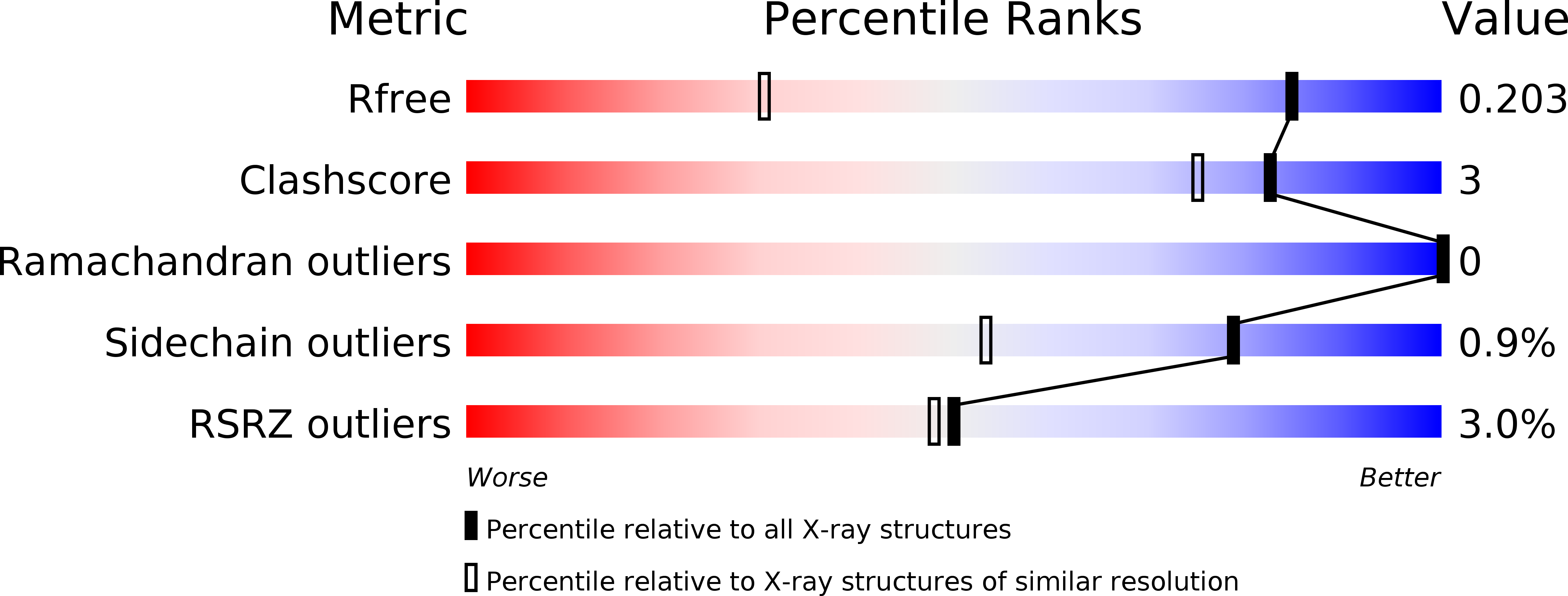
Deposition Date
2019-07-22
Release Date
2020-07-22
Last Version Date
2024-10-23
Entry Detail
Biological Source:
Source Organism:
Porphyromonas gingivalis ATCC 33277 (Taxon ID: 431947)
Host Organism:
Method Details:
Experimental Method:
Resolution:
1.30 Å
R-Value Free:
0.20
R-Value Work:
0.18
R-Value Observed:
0.18
Space Group:
C 1 2 1


